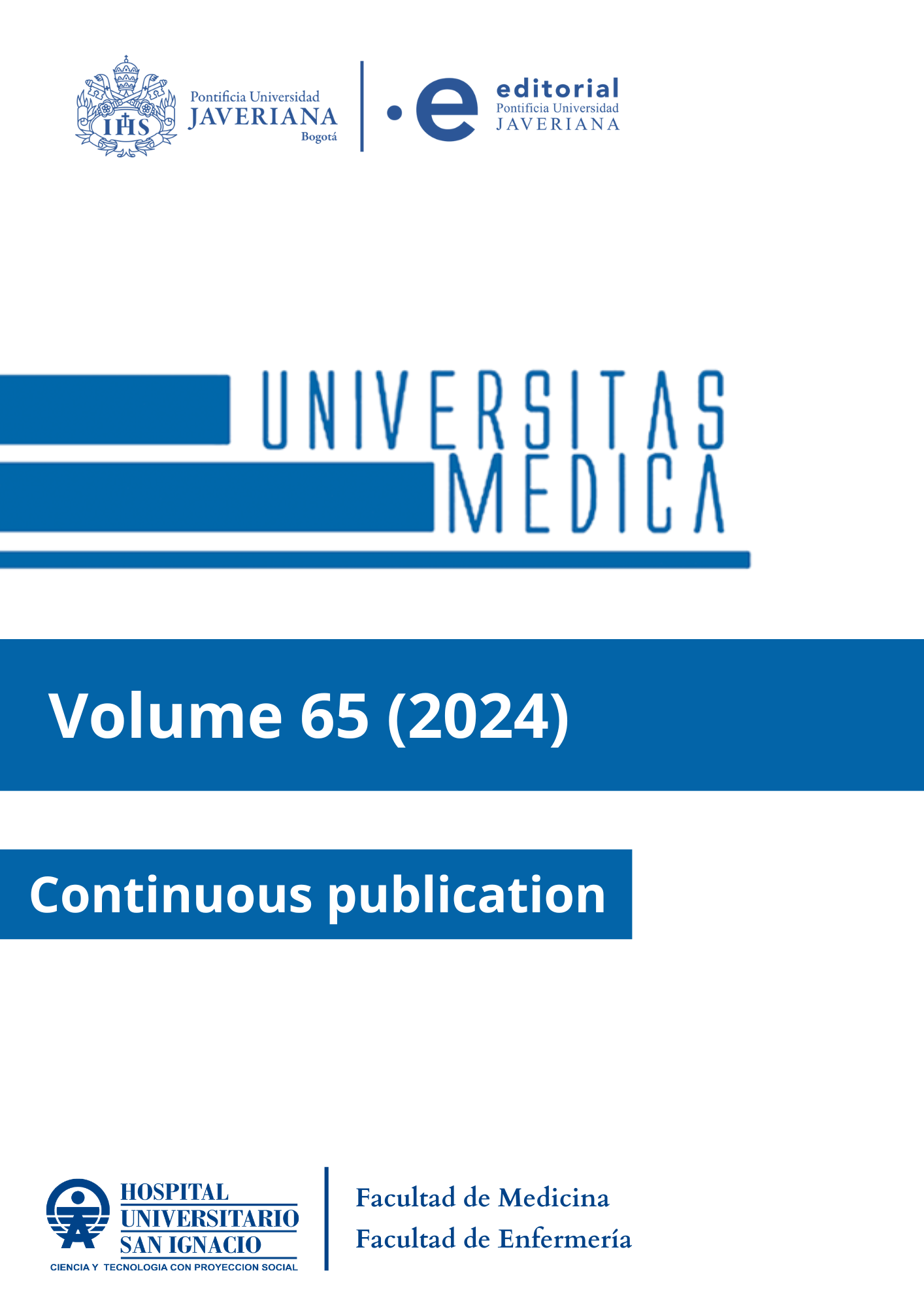Abstract
Objective: Determine the frequency of use of alternative and complementary medicine (ACM) in oncology patients in the city of Neiva, Colombia.
Materials and methods: Descriptive study, patients were surveyed at a health center in Bucaramanga, Colombia. Adult patients with any type of cancer, in all clinical stages, and who were under active treatment were included. A multivariate analysis was performed in order to identify associations between the use of CAM and sociodemographic-clinical variables.
Results: 526 patients were included, of which 57.2% (301) reported being CAM users. The main reason for use was palliative intention but a significant number use them for curative purposes. The most frequent MACs were herbal types, with anamu being the product most used by patients. Significant associations were found between CAM use, sex, age and occupation.
Conclusions: A high proportion of cancer patients in active treatment use CAM. It is necessary to incorporate this information into patient care and develop services that guide these types of practices.

This work is licensed under a Creative Commons Attribution 4.0 International License.
Copyright (c) 2024 Nicolás Martínez-Ramos, Carolina Mariño, Laura Camila Olaya-SanMiguel, Raúl Murillo


